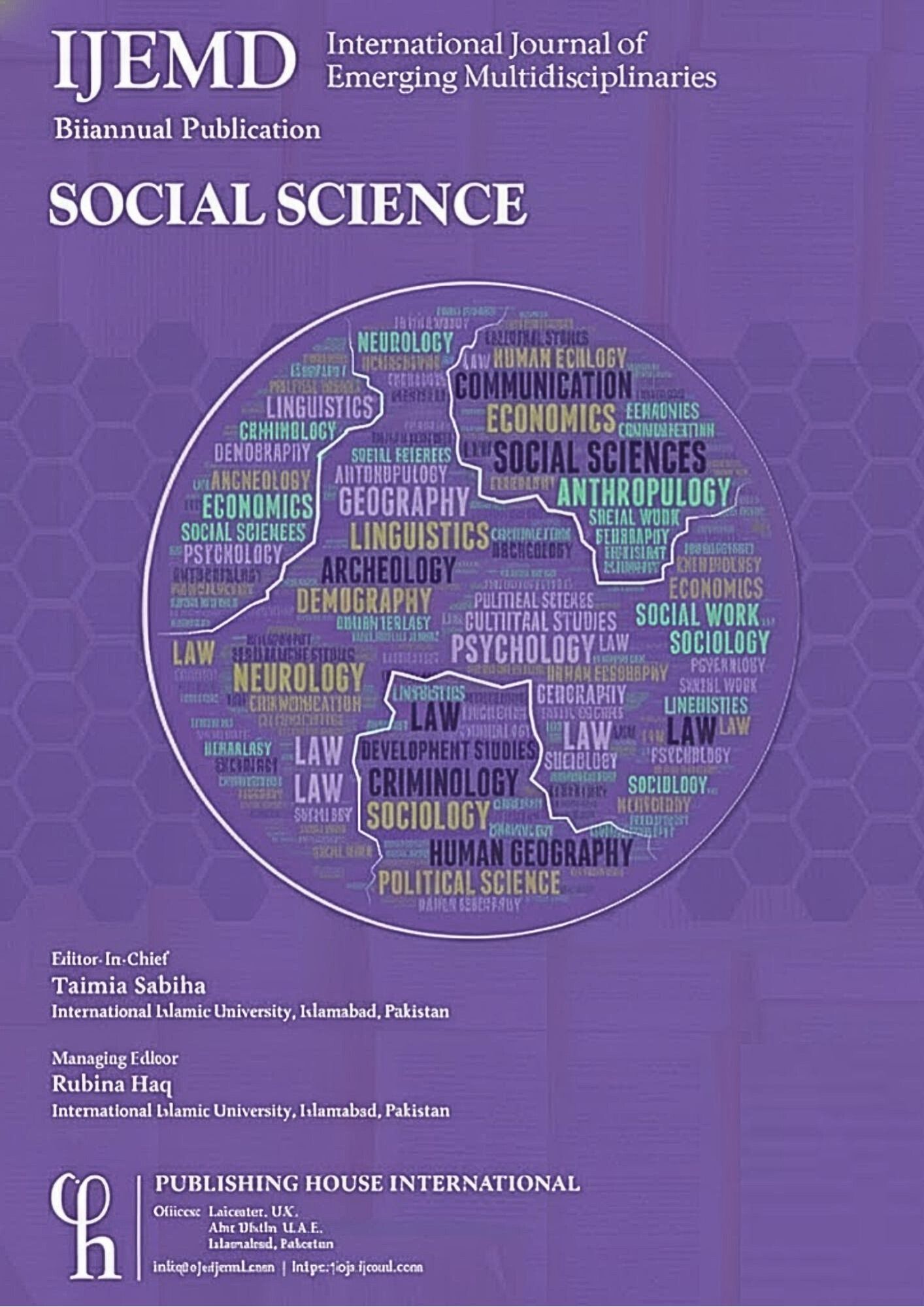Assessment of Soil Potential Efficiency For Wetland Utilization in Wushishi Local Government Area of Niger State, Nigeria
DOI:
https://doi.org/10.54938/ijemdss.2025.04.2.505Keywords:
Heterogeneous nutrients, Soil capability, Silt, Sandy soilsAbstract
This study focus on the following(i). Achieved potential capability of soil, (ii).Quantify and evaluate magnitude of wetland soil potentials using Remote sensing data, and laboratory analysis and(iii). Compareheterogeneous nutrient data topredict the soil capability and potentials for crop production. Laboratory test and integration of heterogeneous nutrient data to ensure improvement in crop production.It depictthat there are more wet years than dry years about 13.39% annual increment of land utilization withnormal annual precipitation distribution with annual increasing trend of 0.1339 with an R2 value of 0.33. Farming activities in the area increased from 37.12% in 1992 to 48.9% in 2022.The topographic setting of Bankogi area is steep-sloped, currently not suitable for any agricultural activities.Maito area is cultivated by subsistence farmers.Zungeru camp, Tunga Kawo and Wushishi areas has suitable soil potential for farming ranging from 58.0 – 97.0 with soil/water potential pH of 7-10 and 6-9 moles respectively. The area is acidic but suitable for cultivation of cereal crops like rice, maize and grains. The study area are suitable for cultivation in all seasons by introducing plants like Palm trees and Cocoa trees. This arearequires more planning and detailed design work than most community projects, due to a combination of numerous factors such as significant bedrock in the area, anthropogenic surface water influences and interferences, potential contaminant issues in soils and sediment, urban storm water inputs and the potential for contaminated storm water, which developed nature of watersheds withcommunity expectations.
Downloads
Downloads
Published
How to Cite
Issue
Section
License
Copyright (c) 2025 International Journal of Emerging Multidisciplinaries: Social Science

This work is licensed under a Creative Commons Attribution 4.0 International License.
Under the Creative Common Attribution (CC-BY 4.0) license, authors retain copyright and grant the journal right of first publication.









